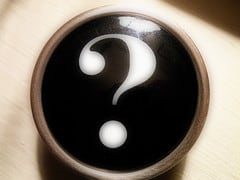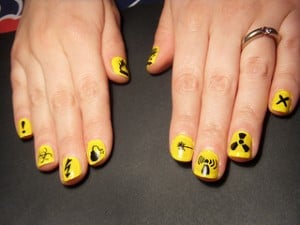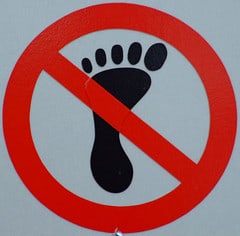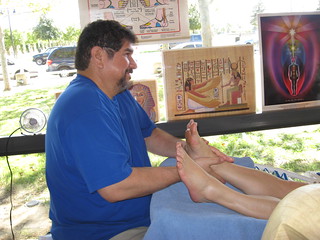I am fairly certain barefoot massage has been around as long as traditional massage. Massage clients likely have always wanted more pressure and practitioners have always been looking ways to alleviate the physical strain the job places on the hands and wrists.
In the last twenty years, barefoot has grown dramatically in popularity. Modern twists and adaptations have been make to this ancient modality. One of the most popular forms of barefoot massage, ashiatsu, is a favorite among massage professionals and their clients here in the United States.
The popularity of ashiatsu is spreading. Some of the most frequent massage professionals to take my online ashiatsu course reside in Canada, England, Ireland, Australia, and New Zealand.
If you are a massage professional outside the US, and want to learn more about ashiatsu, you have likely found that finding live ashiatsu courses in your area can be extremely difficult.
Today I want to answer some questions about ashiatsu, specifically for non-US based massage colleagues desiring to complete an online ashiatsu training course and integrate the modality into their massage business.



